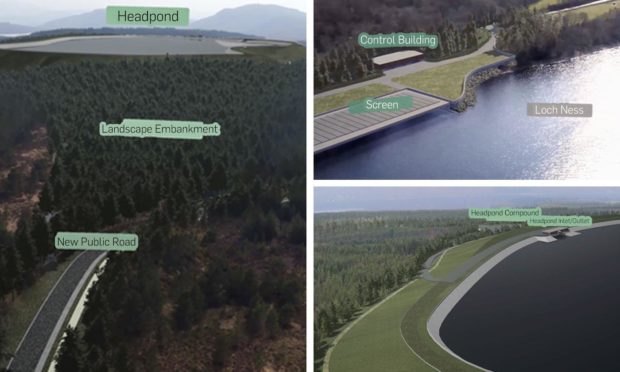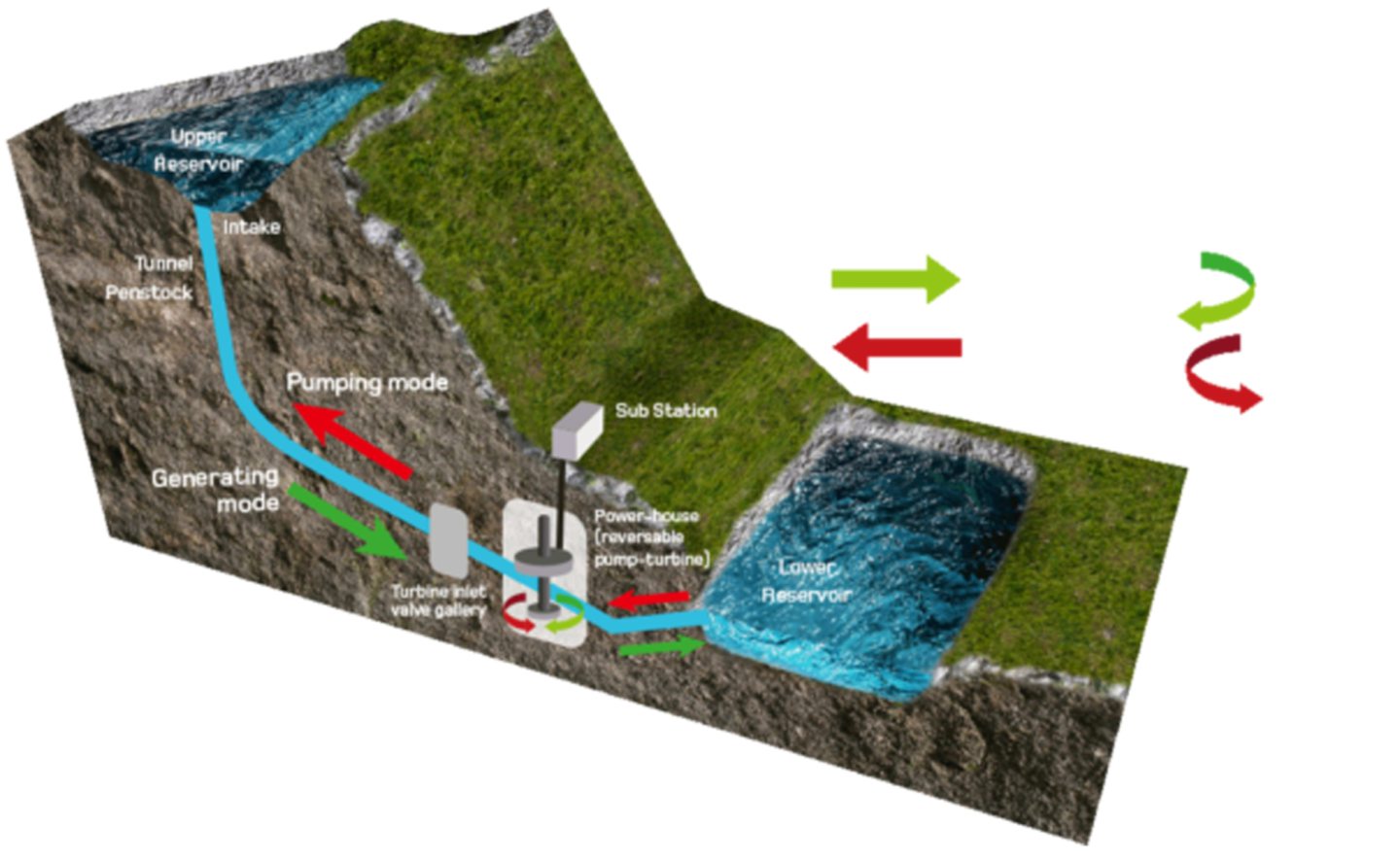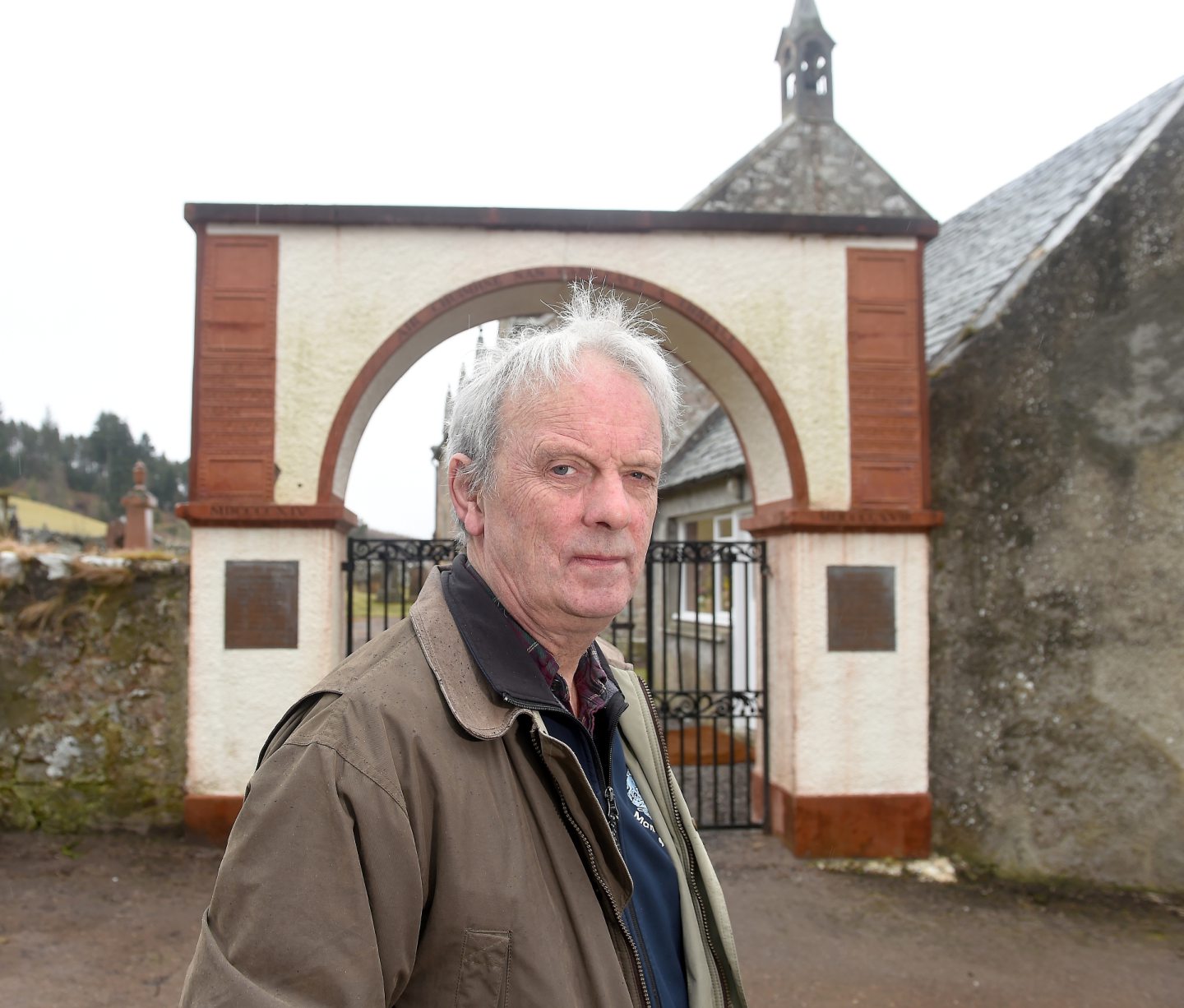A north landowner has thrown his support behind a controversial hydro scheme on the banks of Loch Ness after it was approved by Scottish Government ministers.
The approval of the Red John hydro scheme, near Dores, comes after months of deliberation following a public local inquiry last year.
It was previously rejected on two separate occasions by Highland councillors.
The scheme’s construction is thought to be worth millions to the local economy.
Approximately 700 direct and indirect jobs are expected with improvements to also be carried out on local infrastructure.
The scheme, which has a capacity of 450MW of storage, is expected to save over 45 million tonnes of carbon dioxide (CO2) pollution over the course of its lifespan.
Services to benefit locals within reach
Iain Cameron, the owner of the land where the hydro scheme will be built, has said he believes Red John will be “good for Dores, for Scotland and even for the planet”.
Mr Cameron said he hopes the scheme can benefit the local community, like other alternative energy projects nearby have done.
He said: “Storage projects such as this are absolutely necessary to make sense of the proliferation of wind turbines, especially in this area, but now also being installed offshore.
“We need to be looking a multiple ways of generating and storing electricity, and, at the moment, this appears to be one of the least harmful.
Hopes scheme will ‘inspire a generation of civil engineers’
Conditions imposed under construction include managing woodland by planting more native tree species and enhancing existing natural areas.
Paths and access routes are to be improved, along with plans for community access to a jetty, which will be constructed in the early part of the development.
Mr Cameron hopes the employment opportunities can help in the recovery from the Covid-19 pandemic, and that the hydro scheme will serve to “inspire a generation of civil engineers”.
He added: “Undoubtedly, there will be noticeable traffic and noise during some phases of the construction period, but much has been agreed to mitigate this, and the long-term benefits will be transformational.
“I am in the age-group which will be affected by any construction disturbance for a significant proportion the rest of their lives, but I appreciate that the benefits could last for 100 years or more.
“I think we have to see past a period of personal inconvenience.
“My family have been part of this parish for centuries, and I would not have entered into these negotiations if I didn’t think that in the long run, Dores will be a much better place to live.”
Help pave the way for millions of pounds of investment and jobs
Mark Wilson, chief executive of clean energy developer ILI Group, said: “We are delighted that the cabinet secretary, Michael Matheson, has approved this project.
“This will help pave the way for hundreds of millions of pounds of investment and hundreds of new jobs in the area and will be another major step in Scotland’s ongoing journey to becoming a leader in renewable energy.
“This project alone will save over 45 million tonnes of CO2 over its lifetime.”
We are proud to announce our 450MW Pumped Storage Hydro project Red John on the shores of Loch Ness has gained Planning consent.
This decision will pave the way for £550m of investment and 100s of new jobs in the area whilst helping Scotland hit its Net-zero targets #NetZero pic.twitter.com/Ql6FYzW1mF
— ILI Group (@ILIENERGY) June 8, 2021
Mr Matheson said: “As we add more renewable electricity generation across Scotland, investing in pumped hydro storage will be key to balancing our electricity demand with supply and keeping the system secure, as well as creating high-quality, green jobs and enabling a green recovery from the Covid-19 pandemic.
What is a pumped storage hydro scheme?
Pumped storage hydro allows the grid to store energy that cannot be absorbed naturally by consumers during times of peak wind or solar generation.
The system uses electricity to pump water from a lower reservoir to a higher reservoir at times when there is more energy being produced on the grid network than required.
The energy is then stored up until it is needed, when the water is then allowed to flow back through a hydro turbine, generating electricity to meet sudden or predicted spikes in consumer demand.
Currently, pumped storage provides 94% of installed storage capacity.
The scheme benefits from a long asset life, large storage capacity, long-duration storage, low cost over the course of its lifetime and reduced dependence on imported raw materials.
Why is it needed?
Pumped storage is required to allow renewable energy forms to meet demands and requirements of the national grid system.
Long duration storage technologies, like pump storage, allow for energy balancing requirements to be met.
But while Mr Cameron and the Scottish Government have been supportive of the scheme, it did attract a number of concerns when it was previously discussed by Highland councillors.
Council leader Margaret Davidson previously said she did not have much confidence in it when the plan was discussed at a committee meeting in December 2019.
She added: “This is Loch Ness, the reason why many people come to Scotland, it’s of huge importance.
“I don’t want to see a fundamental change to an area like this for hundreds of years.”






